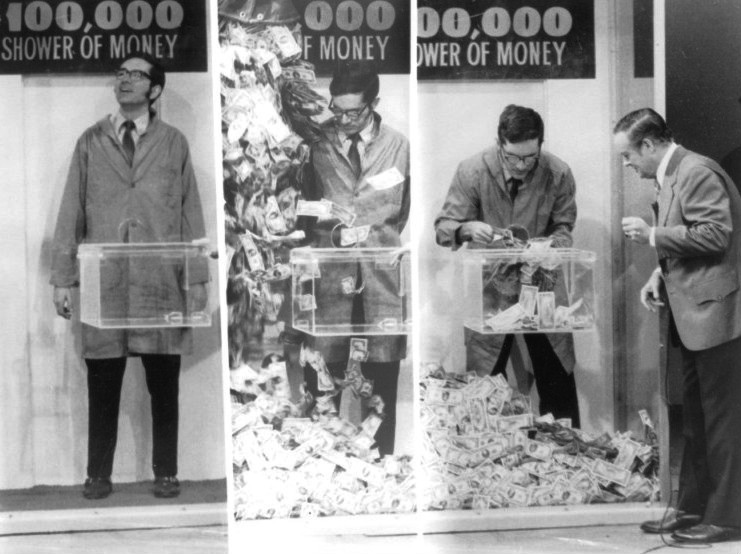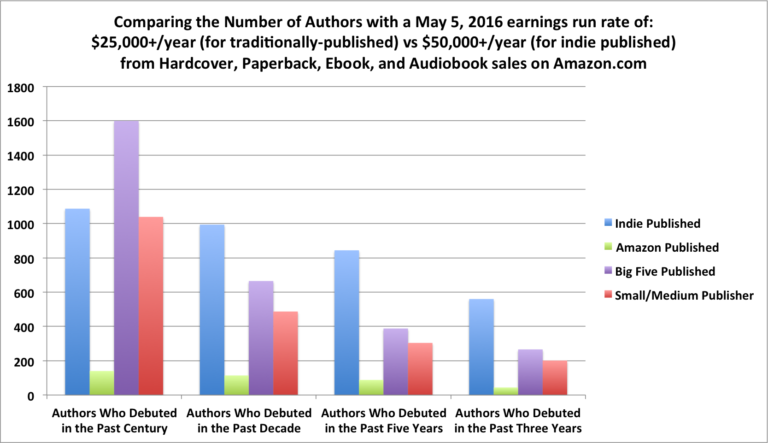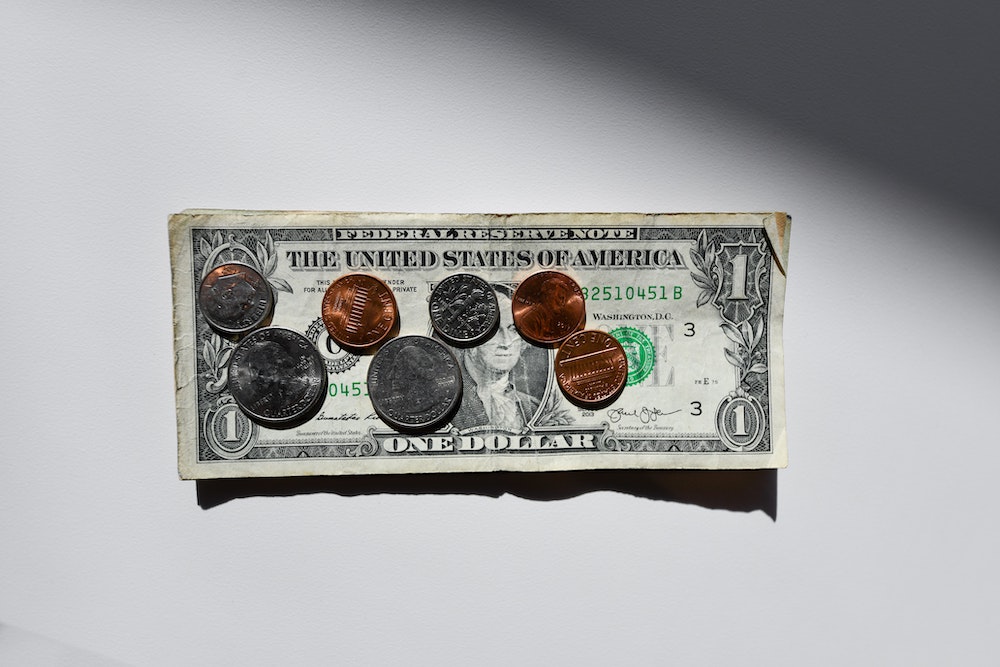essays
What Writers Earn Money?

There’s probably nothing that interests writers more — yet is talked about publicly less — than money. While you can easily look up the salaries of actors on TV shows or the box office earnings of films, there’s no way to easily look up the sales of books. Even the industry standard tool — Neilsen BookScan — only reports an estimated 75% of physical book sales. The question of sales is especially opaque in the age of self-publishing and ebooks, as Amazon doesn’t release ebook data at all.
So, it’s no surprise that writers have been poring over the new Author Earnings report released this week.
Author Earnings, a website run by self-publishing evangelists Hugh Howey and someone named “Data Guy,” has been scouring Amazon bestseller lists and extrapolating the data to make claims about the state of publishing and self-publishing. At first, their reports contained some huge statistical errors and also overlooked a larger part of the market. But over time, they’ve expanded their reach and refined their methodology in order to give a pretty interesting look at how books are selling on Amazon. Their latest — oddly dubbed the “definitive million-title study of US author earnings” — “tall[ies] up precisely how many indie authors, Big Five authors, small/medium press authors, and Amazon-imprint authors are currently making enough from Amazon.com sales to land in a number of ‘tax brackets’.”
Curious how many authors are earning poverty wages or better?
4,600 authors [earn] $25,000 or above from their sales on Amazon.com. 40% of these are indie authors deriving at least half of their income from self-published titles, while 35% are Big Five authors deriving the majority of their income from Big Five-published titles, and 22% are authors who derive most of their income from titles published by small- or medium-sized traditional publishers.
So… not exactly a ton of writers are even scraping together poverty wages from writing.
How about writers who could be described as making a nice living off of books at $100,000 a year?According to this report, only 1,340 make the cut. For comparison’s sake, there are 1,696 NFL players in any given year drawing an average salary of $1.9 million.
There’s some other very interesting numbers in here, although they come with some gigantic caveats:
This Is Amazon Only
As the Author Earnings guys openly admit, this data is exclusive to Amazon. This means that a majority of the print market is probably ignored. By Author Earnings’ estimation, 50% of traditionally published book sales are on non-Amazon sources (independent bookstores, Barnes and Noble, library sales, etc.). So many more will be making each “tax bracket” when the other sales are included. Author Earnings admits this, and suggests moving all traditionally publishers up a “tax bracket” — i.e., instead of 1,300 or so traditionally published listed as making 50k or more the number would be closer to the 2,760 listed as making 25k. Things are mildly brighter than they initially appear.
Self-Publishing vs. Traditional Publishing
Author Earnings needs to be understood as a self-publishing championing site and while I believe the data they are reporting is as accurate as they can make it, the group tends to frame the data in whatever way is most damaging to traditional publishing and the most beneficial to self-publishing. For example, the report constantly emphasizes “unit sales” over gross sales, putting .99 cent ebooks on the same level as $25 hardcovers. The report also splits the “traditional publishing” numbers into three parts (Big 5, small/medium presses, and Amazon owned presses) while self-publishing of all stripes is lumped together. Just something to keep in mind when reading.
The Cost of Self-Publishing
At the core, the difference between self-publishing and traditional publishing is the difference between contracting out the non-writing aspects of selling a book to a publisher or to freelancers. In trad publishing, you get a much smaller royalty rate, but — if your publisher is good at least — you have a team of people doing copy-editing, marketing, cover design, and proofreading for you. In self-publishing, you keep all the money after Amazon’s fee yet you have to do all the other jobs yourself or pay for them. Most professional self-publishers pay freelance editors and designers, and pay for marketing the book.
So when Author Earnings says that there are over 3,000 authors earning $10,000 a year from self-publishing, the actual number is surely less. Author Earnings obviously has no way of knowing how much each author spent on marketing and other costs, but this is something to keep in mind when reading the numbers. Is the actual number 2,500 self-publishing authors? 2,000? 1,000? Who knows.
Misunderstanding of Traditional Publishing Payments
Another thing to keep in mind is that Author Earnings has no way of knowing how much money trad published authors are actually making, because most trad published authors do not have “daily earnings” in the way self-published authors do. Instead, authors are given an advance that — perhaps as much as 80% of the time — does not “earn out.” This means that the effective royalty rate is actually higher than whatever Author Earning reports. (And big name authors who earn out consistently can sometimes secure higher royalty rates.)
Contrary to popular belief — both among trad and self-published authors — a publisher can make money long before a book “earns out.” Publishers also will pay out advances they know won’t earn out as a way to increase the effective royalty rate. (Here’s a breakdown of Lena Dunham’s massive 3.6 million advance that explains how this works.) Also contrary to popular belief, an author who doesn’t earn out can still get another contract. As said, publishers make money off of a book before the book earns out.
Again, there is no way for the Author Earnings folks to get the data of what authors actually earn. It isn’t public. But readers should be aware that the traditional publishing numbers are skewed lower here than they are in reality.
So Who Is Earning Money?
The above caveats aside, here are some interesting data points from the report:
Self-published authors account for 1/4th of the Kindle market

While 24–30% (depending on how the “uncategorized” section breaks down) of the market isn’t quite the self-publishing revolution that is often claimed, it is a very large and influential part of the ebook market. Self-publishing is certainly here to stay.
Most authors making a living wage debuted more than 5 years ago:
The following chart is adjusted to account for the lack of non-Amazon sales in the data.

While this probably isn’t a surprise, the report shows that most authors who are earning an actual living wage have been in the game for more than 5 years. This is especially true of traditional publishing, which has very few authors earning a living wage who debuted in the last three years.
Are the numbers in the report encouraging or depressing? Well, that depends on your point of view. The Author Earnings authors are very enthusiastic: “We live in exciting times. Today it’s possible to be a full-time professional author, quietly earning $50,000+ a year — even six figures a year — without ever sending a query letter to anyone.”
Others will likely find it pretty depressing that in the entire industry of book publishing, where over a million books are published a year, a mere 2,500 authors can be found making median US wage.








